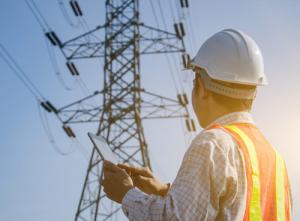Risks of Adopting New Methodologies
Andrew Phillips is Vice President of Transmission and Distribution Infrastructure at the Electric Power Research Institute. During his career at EPRI, Dr. Phillips has led the industry in developing advanced approaches and technologies to manage a range of T&D assets.
The power system is changing quickly and dramatically. Customers and policymakers are demanding decarbonized energy, and society is increasingly turning to electricity to power everything from our homes and businesses to cars and trucks.

These changes have brought attention to how electricity is transmitted through the bulk power system. For example, escalating demand for intermittent renewable energy has highlighted the need to push more power through overhead transmission lines. Delivering electricity safely and efficiently is an important challenge.
Indeed, the existing transmission system is being asked to accomplish something it was never designed to do — deliver large amounts of wind and solar energy long distances to the homes and businesses that need it. Doing so while maintaining reliability and safety requires an increased power flow to absorb and enable larger amounts of intermittent energy.
One traditional answer to accommodate a rising demand for electricity is to build new transmission lines. But this is no easy feat. Not only is it expensive and time-consuming, but public opposition to these large infrastructure projects can be fierce.
Expanding transmission system capacity is an expensive, long-term, and often politically unpopular proposition. Nevertheless, these obstacles do not lessen the need to safely transmit more electricity through the bulk power grid.

